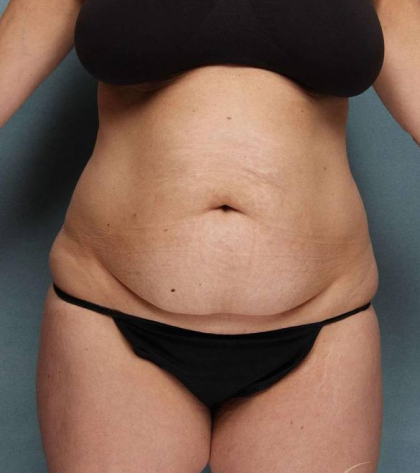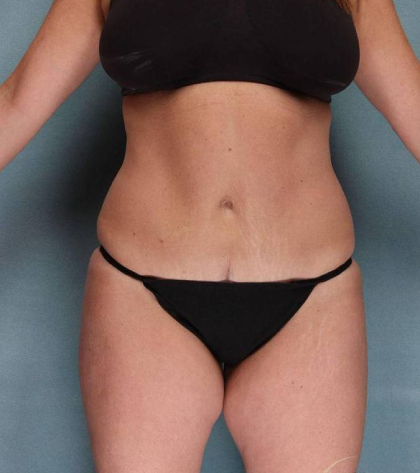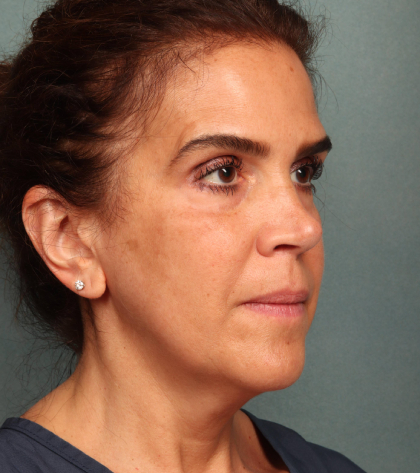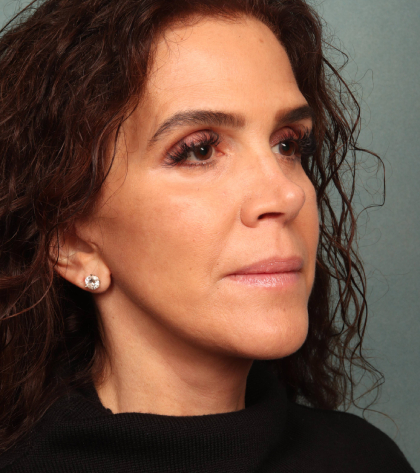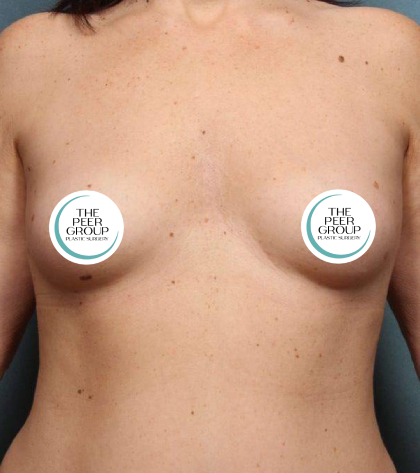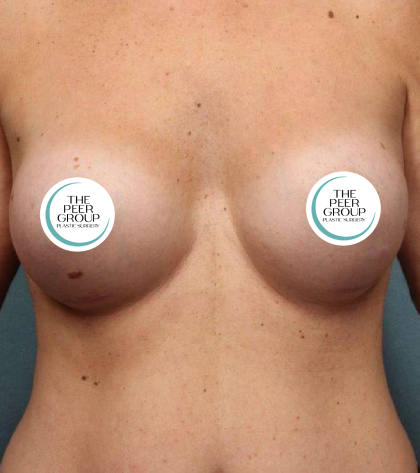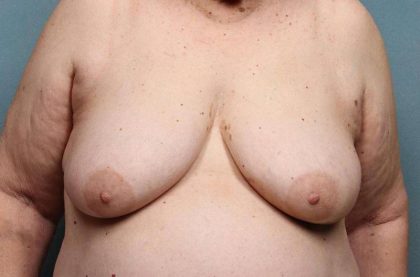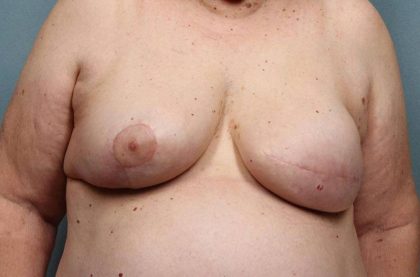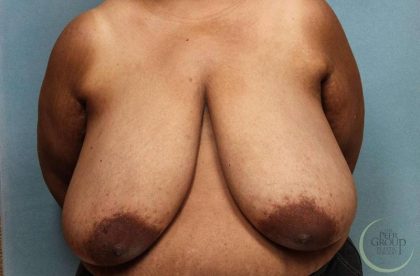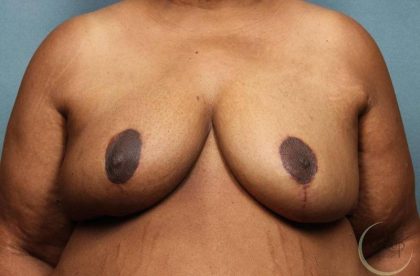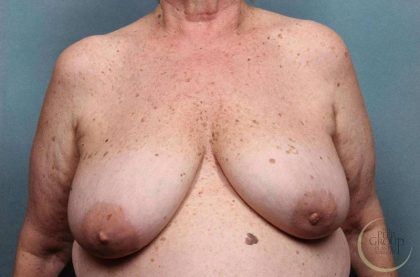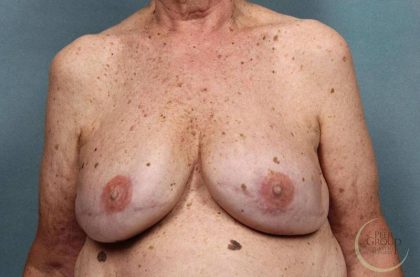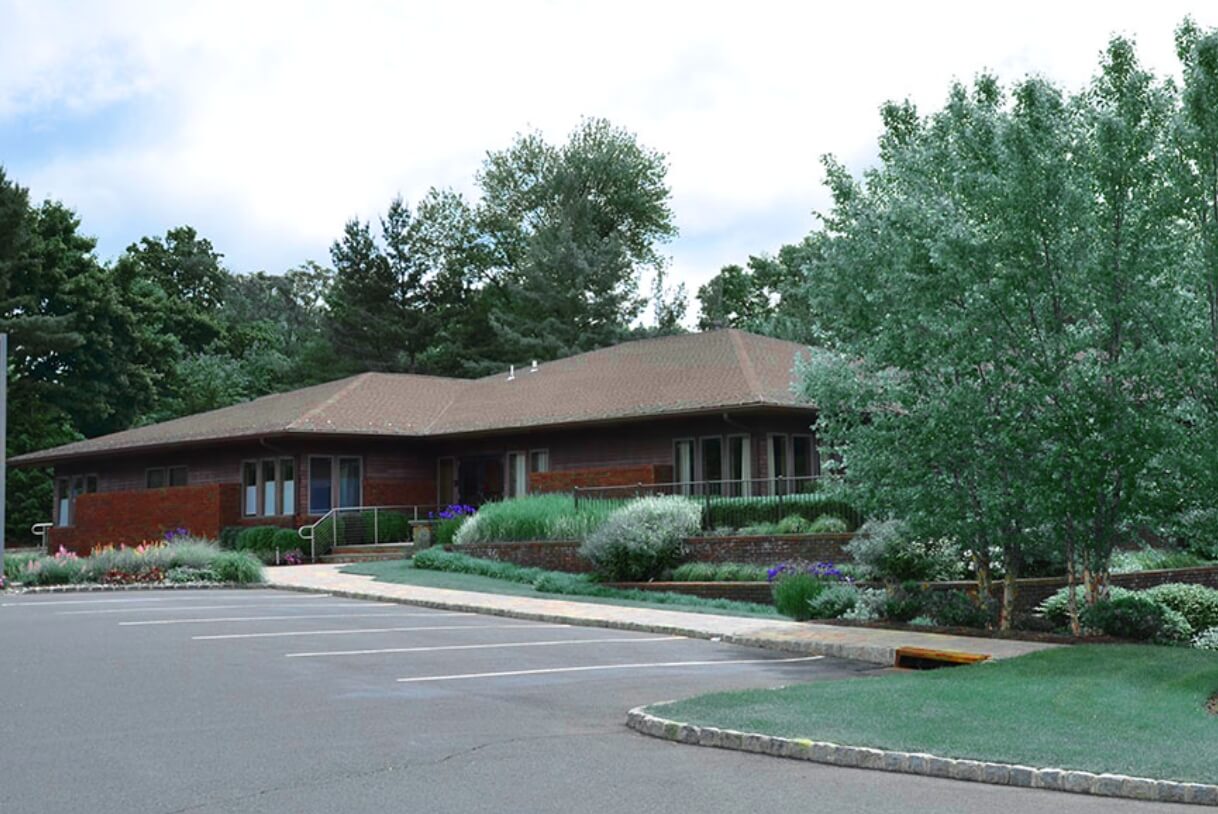Breast Reconstruction
Consultations offered at our two convenient locations in Florham Park, NJ and Somerville, NJ
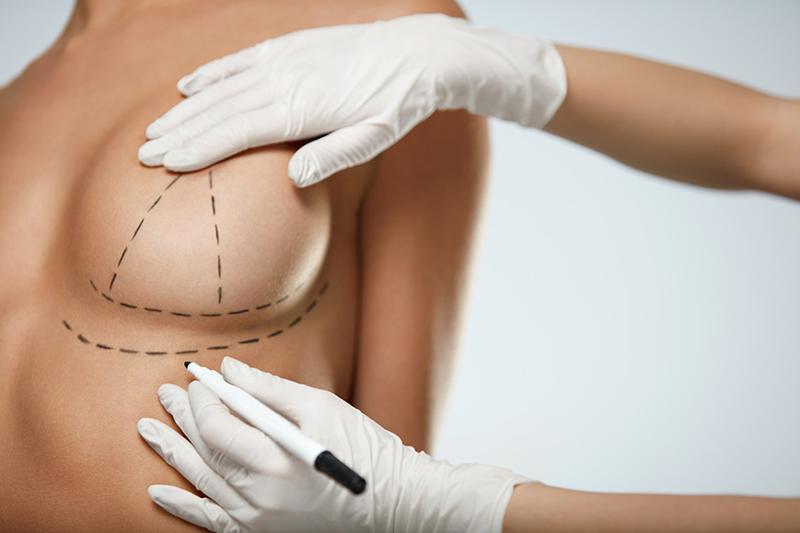
Rebuild Contours After Mastectomy or Lumpectomy for Breast Cancer Patients in Somerville, Florham Park, and All of New Jersey
Breast cancer patients may undergo any number of treatments to combat the disease, including removal of some or all of one or both breasts. Taking away tissue can impact everything from the size and shape of the breasts to a person’s overall silhouette—but with breast reconstruction, New Jersey’s The Peer Group for Plastic Surgery can restore both contours and confidence for patients in Somerville, Florham Park, Livingston, Morristown, and elsewhere.
Contents
Before and After Photos
What Is Breast Reconstruction?
Breast reconstruction for Florham Park, Somerville, and other New Jersey-area patients focuses on rebuilding a beautiful and natural-looking breast mound. For some patients, who have had a small amount of tissue removed, this may involve fat transfer to increase volume or improve indentations caused by lumpectomy and radiation. Other patients may have lost significant volume and find that a breast augmentation with implants is necessary.
For patients who undergo mastectomy, several options for reconstruction exist. The most common type of reconstruction utilizes tissue expanders to maintain the breast pocket in the post-op period. We currently use an advanced technique that keeps the implant above the pectoralis muscle on the chest. We have found that this significantly reduces post-op pain as well as motion deformities of the implant once the tissues have healed. After any additional treatments—like chemotherapy and/or radiation—are complete, the tissue expanders are removed and implants are inserted.
Alternatively, we can use a patient’s own tissues to reconstruct one or both breasts. The most common donor site is the abdomen, utilizing deep inferior epigastric perforator (DIEP) free flaps which bring tissue up to each breast while leaving the rectus muscles of the abdomen intact. By taking tissue from a donor area elsewhere on the body, we can create a breast that fills out clothing and provides the natural contours of a pre-mastectomy chest.
Tissues used in this free flap technique are typically taken from the stomach area, the buttocks, or the thighs. This tissue is shaped to create breast mounds that look and feel as natural as possible. It is even possible to build a nipple in the proper position. Though it won’t be functional, it can be tinted by tattooing to restore the areola.
For some patients, we recommend both the free flap technique and the insertion of an implant, with the donor tissue creating the mound and the implant itself providing more volume and shape. This is more commonly used for patients who may have limited skin and fat available at the common donor sites.
Ideal Technique
Since every breast reconstruction patient is different, we will develop a surgical plan together at a thorough consultation. Your plastic surgeon can work with you at any stage, whether you are planning ahead before your treatment, have recently had a breast removed, or want new contours long after your successful mastectomy or lumpectomy.
Patients should understand that their breast reconstruction options may be limited by the details and results of their cancer treatment. Certain breast reconstruction techniques require adequate tissue, while others are ideally performed only if certain treatments—such as radiation therapy—are complete. For this reason, we encourage patients considering breast reconstruction to consult with us as early as possible in their course of treatment. Ideally, your plastic surgeon should be there alongside the breast surgeon at the time of the initial lumpectomy or mastectomy to be able to guide the initial phase of reconstruction and keep as many options as possible available.
We will go over every viable breast reconstruction option with you at your consultation, as well as explain why certain techniques are or are not possible.
Post-Procedure Recovery
Recovery after fat transfer breast surgery is different from recovery after the insertion of implants or the creation of a DIEP flap. Generally, the more involved the procedure and dramatic the results, the longer the recovery will be.
Patients can typically expect their recovery process to be similar to that of an augmentation procedure or lift: a few weeks of swelling, bruising, and discomfort that will resolve on their own. Anyone who has the DIEP flap technique will also see some combination of these side effects in the donor area.
Be sure to give yourself plenty of time to heal properly. Take time off from work and social activities, and enlist someone who can help around the house after the procedure. Heavy lifting should be avoided for about six weeks, as should exercise. Light walking is not just OK, but encouraged, since it encourages blood flow. Otherwise, take it easy and follow your aftercare instructions.
Costs
The variable nature of this surgery means breast reconstruction cost is something to discuss at your personalized consultation. We will work with your insurance company to determine your current benefits and the terms of your plan. Breast reconstruction remains a guaranteed right under federal law. For questions about payment and coverage, please refer to our financing page.

